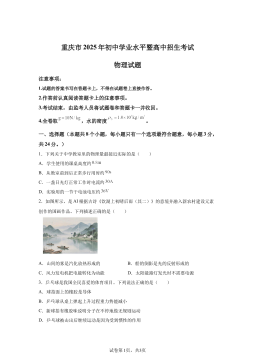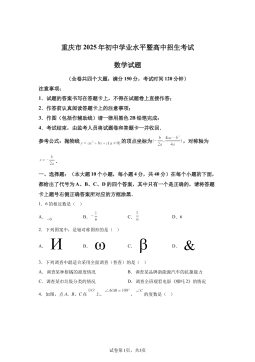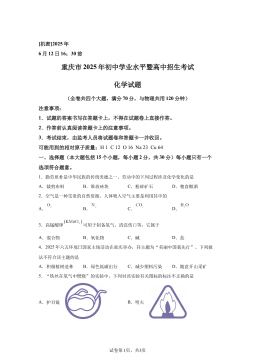Low-Rank Representations Towards Classification Problem of
Complex Networks
Murat Çelik
b21827263@cs.hacettepe.edu.tr
Department of Computer
Engineering,
Hacettepe University
Ankara, Turkey
Ali Baran Taşdemir
alibaran@tasdemir.us
Department of Computer
Engineering,
Hacettepe University
Ankara, Turkey
Lale Özkahya
ozkahya@cs.hacettepe.edu.tr
Department of Computer
Engineering,
Hacettepe University
Ankara, Turkey
ABSTRACT
Complex networks representing social interactions, brain activi-
ties, molecular structures have been studied widely to be able to
understand and predict their characteristics as graphs. Models and
algorithms for these networks are used in real-life applications, such
as search engines, and recommender systems. In general, such net-
works are modelled by constructing a low-dimensional Euclidean
embedding of the vertices of the network, where proximity of the
vertices in the Euclidean space hints the likelihood of an edge (link).
In this work, we study the performance of such low-rank represen-
tations of real-life networks on a network classication problem.
KEYWORDS
Graph embeddings, graph representations, low-dimensional em-
bedding, low-rank representation.
1 INTRODUCTION
Complex networks representing social interactions, brain activi-
ties, molecular structures have been studied widely to be able to
understand and predict their characteristics as graphs. Building
good models for complex networks, considering the role of so-
cial networks in understanding modern human interaction, is very
important [
2
,
6
,
23
]. In recent years, obtaining low-dimensional
embeddings of graph nodes in Euclidean space has been frequently
studied in machine learning applications,and in this way, thanks to
the geometry of the embedding, it has been tried to preserve the
structural properties of the graph [
12
]. Specically, the node embed-
ding method represents each node in the n-node graph as a vector
of
𝑥∈R𝑘
and
𝑘<< 𝑛
. In this way, the embedding method is used
in many subjects such as clustering, classication, link prediction,
together with machine learning [
12
]. In this sense, the probabil-
ity of an edge/link between two nodes can be deduced from the
geometric proximity of the vectors representing them.
Two of these embedding methods that are widely used are TSVD
(Truncated Singular Value Decomposition) and PCA (Logistic Prin-
cipal Component Analysis) methods such as decomposition of the
adjacency matrix of the given network (or graph) [
1
]. In recent
years, the method of learning graph embedding using deep neural
networks has been frequently used [
5
,
11
,
16
,
22
]. The question
these methods are trying to solve is to get a given large networks to
be represented by matrices of smaller dimensions than the original,
while preserving its structural properties. One of the still unan-
swered questions is how small of a matrix this representation can
be done while preserving the structural information of the network
[
7
,
10
,
15
,
20
]. For example, the frequent occurrence of triangles is
an important characteristic in social networks such as Facebook,
and the extent to which this can be preserved by graph embedding
techniques such as TSVD and PCA has been researched [
7
,
20
], [
21
],
binary node classication question, the class labels of the nodes
were applied as graph characteristics.
The main contribution of this work is to examine the perfor-
mance of the commonly used TSVD and LPCA graph embedding
techniques in the multiclass classication problem of the original
graph. The graph classication question is a problem that has been
studied in many dierent elds, and in some cases it has diculties
such as trying to extract class information without sucient net-
work information. Bonner et al. [
3
] developed a learning method for
graph classication by using the topology features of the network
using deep neural networks. One of the comprehensive studies in
terms of the variety of random graph models was done by Rossi and
Ahmed [18]. In this study, 9 network classes with distinctly dier-
ent structures, including network groups constructed with random
network models, are included in the classication question. It has
been observed that the reconstructed networks to be represented
at low dimensions by graph embedding methods largely preserve
their class properties. As a result of the experiments, it was seen
that the LPCA method gave better performance than the TSVD
method. It has been observed that random networks need much
larger sizes than real world networks in order to be successfully
represented.
2 METHOD
In the classication process, dierent real network groups such as
biology, economy and social networks, as well as dierent network
groups produced by random methods, constitute the classes of
the classication process. The performance of TSVD and LPCA
methods is compared to how much the representation of the original
networks given by the graph embedding methods by the graphs in
lower dimensions preserves the class feature.Classication is done
by using the graph features, which are known to play an important
role in graphs.
2.1 Graph Embedding Methods
TSVD :. TSVD (Truncated Singular Value Decomposition) is a
spectral method that approximates the adjacency matrix by us-
ing SVD (Singular Value Decomposition). The TSVD method is
used to reconstruct the adjacency matrix. For an adjacency matrix
𝐴∈{0,1}𝑁×𝑁
, let
𝑍∈R𝑁×𝑘
be the orthonormal matrix. The
arXiv:2210.11561v1 [cs.SI] 20 Oct 2022

 2024-11-21 13
2024-11-21 13
 2024-11-21 11
2024-11-21 11
 2024-11-21 6
2024-11-21 6
 2024-11-21 8
2024-11-21 8
 2024-11-21 9
2024-11-21 9
 2024-11-21 8
2024-11-21 8
 2024-11-21 8
2024-11-21 8
 2024-11-21 8
2024-11-21 8
 2024-11-21 10
2024-11-21 10
 2024-11-21 7
2024-11-21 7







 渝公网安备50010702506394
渝公网安备50010702506394
